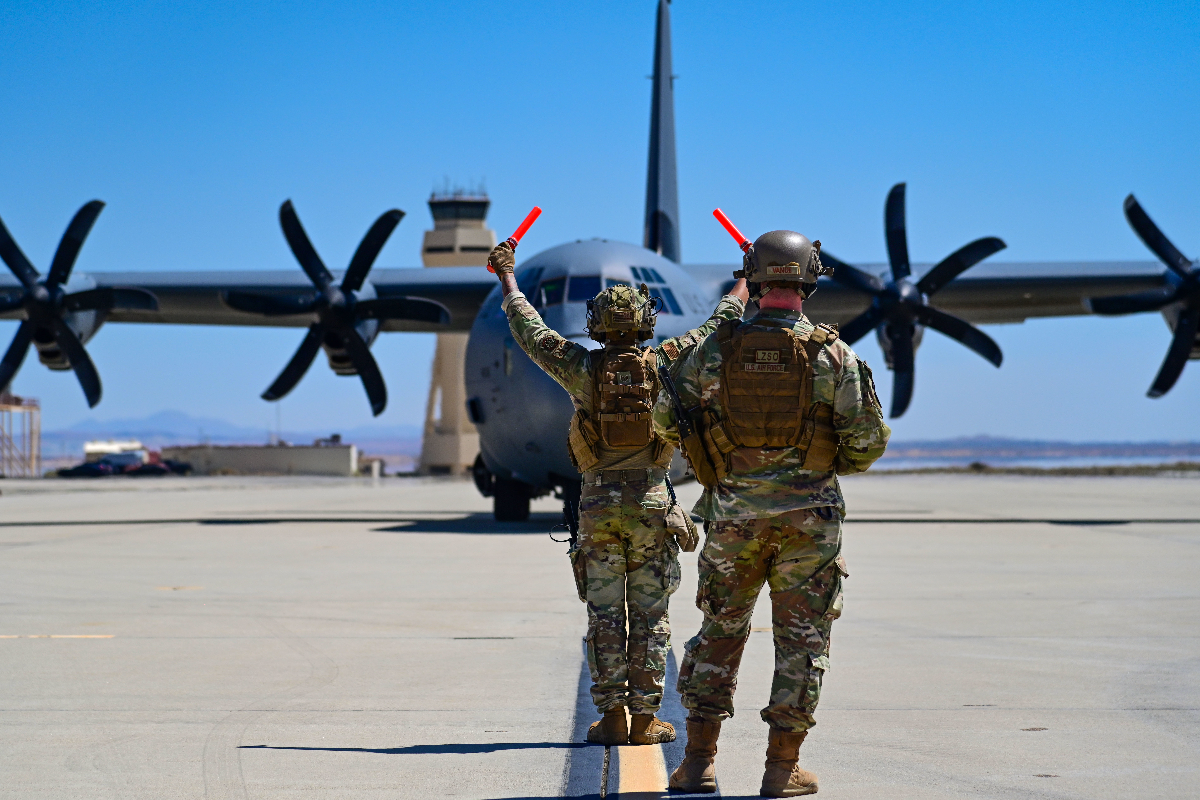Summary Overseas air bases are no longer safe harbors for American aircraft due to new weapons and geopolitical instability. US Air Force needs to rely less on fixed infrastructure, be more adaptable, agile, and maintain lethality. Recent exercises like Bamboo Eagle help the US Air Force prepare for future conflicts with distributed operations.
The United States Air Force has found itself in the middle of a new age of Great Power Competition. Now FlightGlobal has claimed: " Overseas air bases can no longer be counted on as safe harbors for American aircraft forward deployed to conflict zones ." This comes as the United States Air Force is building up its F-35As stationed in Japan while the Navy is replacing Super Hornets with F-35Cs on the USS George Washington (CVN-73) as it returns to Japan .

Forward air bases are becoming more vulnerable FlightGlobal's claim that the US and its Air Force can't count on overseas air bases is not because the US doesn't have allies (it has many), but because of the development of new and improved weapons. According to FlightGlobal, this is the conclusion of top service leaders within the US Air Force and will likely affect US Air Bases in Japan, the Philippines, and possibly Guam. ".
..modern weapons and geopolitical instability have upended Washington’s 20th Century model of force projection – based heavily on large, well-established air bases located in friendly countries near potential hot spots.
" - FlightGlobal The US Air Force will need to rely less on vulnerable fixed infrastructure (which is increasingly vulnerable to attack). US experience countering scores of cheap drones in the Middle East and developments in Ukraine continue to highlight the importance of adapting and how vulnerable expensive systems can become. As FlightGlobal notes, " In the Indo-Pacific, China has invested heavily in developing vast stocks of precision missiles, which boast greater range and speed than the relatively simple weapons that have proven effective in the Middle East .
" Though not as well-known as the MQ09 Predator drone, the RQ-4 Global Hawk is proving itself as a top-notch military UAV in its own right. The US Air Force is training to be more flexible To counter the increased risk and continue to project power worldwide, the US Air Force needs to be more agile and adaptable while maintaining lethality in the face of a challenging and dynamic battle space. To help prepare the Air Force for a future dynamic conflict, the US Air Force has recently held Bamboo Eagle (August 2-10) exercises where the force needed to generate combat sorties from disaggregated basing locations across the western portion of the United States.
The exercise also had distributed command and control, logistics, and tactical air-to-air refueling. “The USAF no longer has the luxury of projecting power from sanctuary bases. Airmen will be required to sustain the same operational tempo as before, but under the threat of large-scale enemy fires at a magnitude this nation has never seen.
” - Maj. Gen. Christopher Niemi , U.
S. Air Force Warfare Center Commander Additionally, the exercises tested the ability to operate sorties while under the threat of a simulated missile attack. The exercise included Boeing KC-46 tankers, Boeing B-1 Lancers, F-15Es, F-35s, and F-16s.
Another example of where it is working on this is "hot pit refueling," where aircraft are refueled with their engines running. The US Air Force is known to be training more for hot pit refueling and to be certifying more bases for it in the Pacific..



















